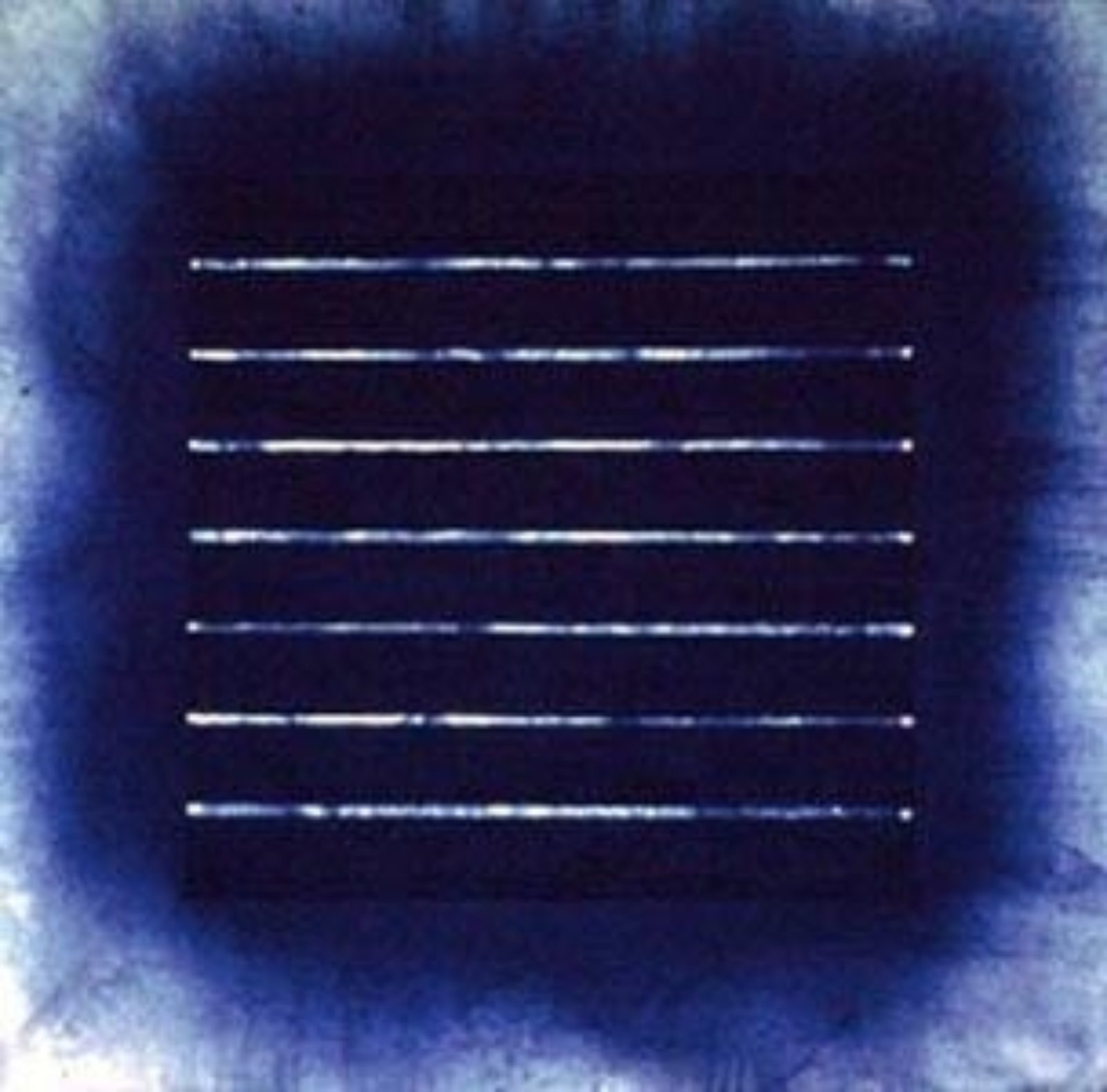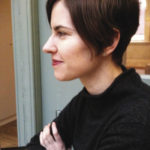










featured gallery for June 2002
Dot Dot Dash
This is a show about the possibilities of form. These images utilize the two most basic elements in the mark-making toolbox: the line and the circle. Within those parameters, the works display a tremendous range: some are abstract, some are referential, some are conceptual, some are lyrical. Some, such as Felix Gonzalez-Torres' untitled paper stack which depicts two gently touching circles, are all of these. In each of these pieces, shapes have been distilled and concentrated. Deploying this reductive vocabulary gives the works a certain discipline. Yet this discipline brings with it great freedom, for a line can never be just one thing: think how different a Barnett Newman zip is from a straight path tramped in a field by Richard Long. Likewise, a circle can depict everything (Paul Thek's earth, for instance), or it can signify nothing but itself, nothing but its own symmetrical geometry.
From constructivism to minimalism and onwards, the essential elements of composition have been continually reinvented and renewed. In these works, the line and circle also form personal vocabularies, and even though they don't involve words, these works are thus about writing. The line and the circle can be alphabets as well as the foundation of drawing, and these artists use the binary of straight and curved to create a visual language through which they spell and speak. Pairing circles with lines might set up an implicit contrast between the organic and the mechanic; the dualism could be -- and has been -- gendered. But this show is more about what happens when those strict divisions collapse -- when circles group together in lines, or when lines mutate and ball. Here lines are segmented or webbed together with an unexpected corporeality as artists trace out the veins of bones, leaves, and cells.
Stamped on our bodies are countless measures of evidence, like the calligraphic strokes that turn into the whorl of a fingerprint in William Donovan's "Marked Man." Art-making is also a way of witnessing, documenting, and reproducing. In Chuck Nanney's "Swarm," a sea of circles implies rapidly multiplying viral micro-organisms congregating on a wall.
"Dot Dash," one of David Knudsvig's elegant paintings, was the inspiration for the title of this show. It implies that lines and circles are a part of a cryptic Morse code, the vital code of all art-making: a signal sent out in hopes that someone will hear it and respond. Morse code is also a signal of distress, and in responce to the AIDS pandemic Visual AIDS has been sounding an urgent S.O.S. Take these dots and dashes as part of a larger message -- each is a letter in a long prayer -- about the diversity and importance of the Visual AIDS Archive.
